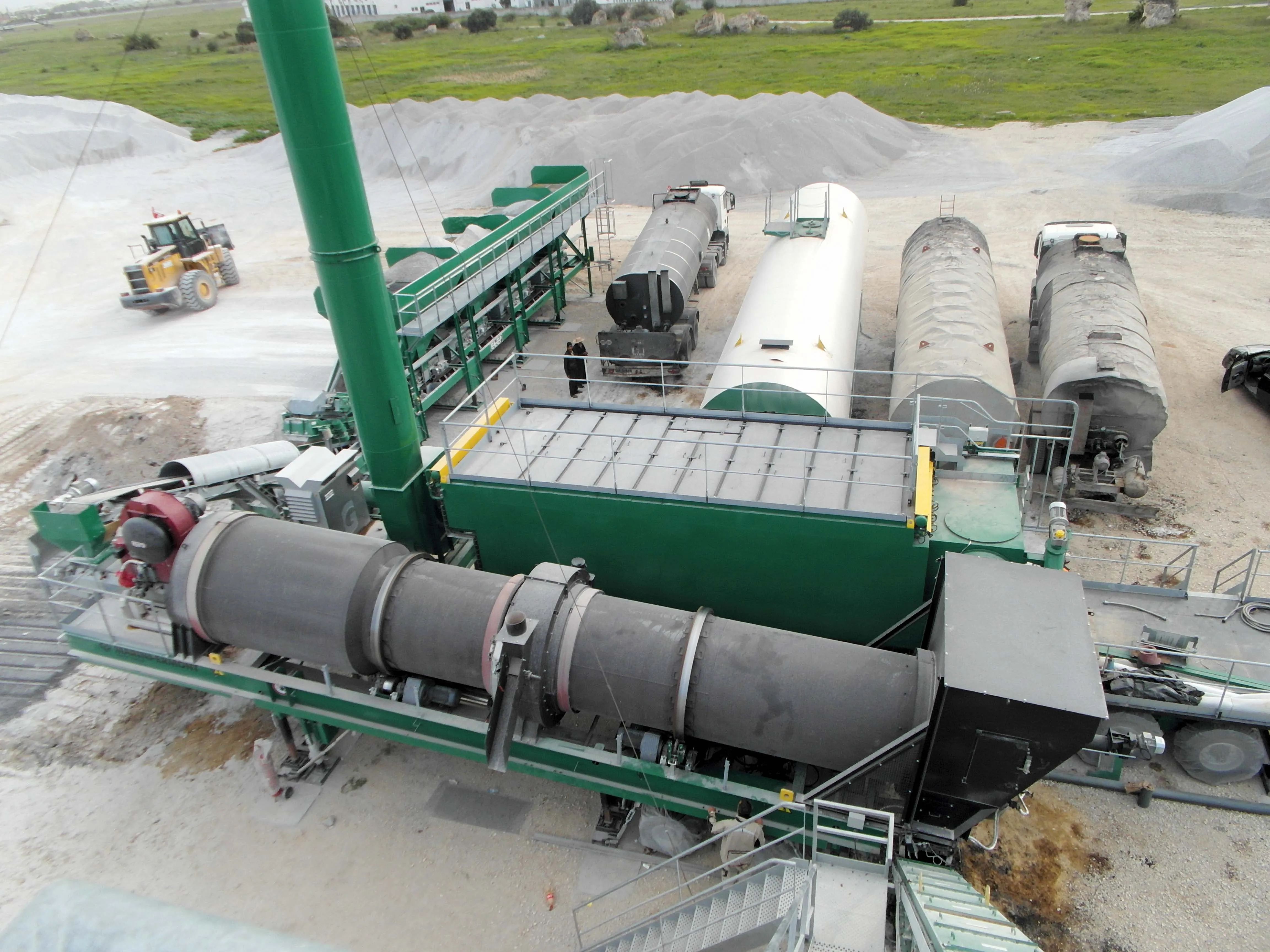
A major traffic reduction has been noted for Denmark and Norway.
The Scandinavian countries of Denmark and Norway have note significant reductions in vehicle traffic. According to data from the Danish Road Directorate, traffic volumes have dropped 45% since the outbreak of the Corona Virus. However, the reduction has been in passenger car traffic. The volumes of heavy trucks using Denmark’s roads remains relatively unchanged.
Meanwhile, in Norway’s capital Oslo and second city Bergen, car traffic volumes have also dropped significantly since the outbreak of the Corona Virus. On Wednesday 18th March, data shows that 156,042 cars were registered by Oslo’s road toll system. This was a drop of 39.8% from Wednesday 11th March, the week before. And in Bergen, 171,411 cars drove through the city on March 17th, a drop of 37.9% from Tuesday 10th March the week prior. In addition, traffic data also shows that traffic between Norway’s municipalities has fallen by 65%.








